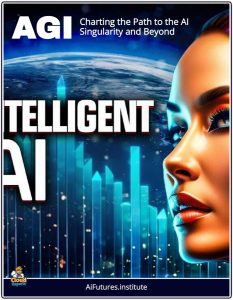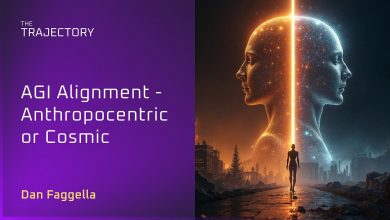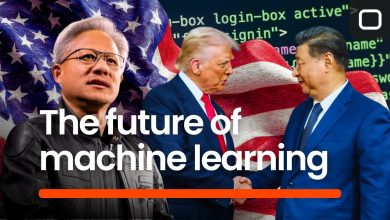 In an interview with Alex Kantrowitz, Mustafa Suleyman, the CEO of Microsoft AI and the head of the company’s new superintelligence team, discusses their push toward “humanist superintelligence” and what changes after its latest OpenAI deal.
In an interview with Alex Kantrowitz, Mustafa Suleyman, the CEO of Microsoft AI and the head of the company’s new superintelligence team, discusses their push toward “humanist superintelligence” and what changes after its latest OpenAI deal.
Suleyman has expressed nuanced optimism about large language models (LLMs) as a foundational technology in AI development.
However, he does not view current LLMs alone as a straightforward or linear route to superintelligence—defined as AI exceeding human-level performance across all tasks.
Instead, he emphasizes that scaling LLMs must be complemented by advancements in reasoning, agency, safety mechanisms, and human-centric design to achieve “humanist superintelligence,” a controlled form of superintelligent AI that serves humanity without risking autonomy or misalignment.
Key Insights
LLMs as Building Blocks, Not the Sole Path
Suleyman acknowledges LLMs’ rapid progress, such as passing the Turing Test and enabling agentic behaviors through techniques like long-context prompting, reinforcement learning (RL), and tool orchestration. He sees these as “on the horizon” for creating advanced capabilities, including self-updating systems and complex task iteration (e.g., via tools like AutoGPT).
Yet, in interviews, he questions whether the current LLM paradigm is sufficient for true AGI or superintelligence, describing it as potentially requiring “another kind of thing we need to build” beyond prompt-based surprises.
Inflection Point Reached, But Guardrails Essential
In recent writings and announcements, Suleyman argues we’ve crossed an “inflection point” toward superintelligence due to reasoning models and agentic LLMs. He leads Microsoft’s MAI Superintelligence Team (announced November 2025) to pursue this, focusing on “humanist superintelligence” that remains “grounded and controllable.”
This explicitly rejects unbounded scaling of LLMs toward an “infinitely capable generalist” AI, which he warns could lead to “chaotic outcomes” if not designed with ethical limits.
Longer Timeline and Practical Focus
Suleyman predicts superintelligence could emerge in 1–2 years for certain milestones (e.g., AI making $1 million autonomously), but he pulls back from short-term hype around LLMs delivering it imminently.
His vision prioritizes real-world applications—like medical diagnostics (85% accuracy vs. 20% for humans), personalized education, and renewable energy—over raw capability. He stresses self-sufficiency in training frontier LLMs with Microsoft’s data and compute, while integrating models from partners like OpenAI, but always with human oversight.
Critique of Industry Narratives
Suleyman distances himself from the “AI race to AGI” framing, advocating for a “wider and deeply human endeavor.” He views machine “consciousness” in LLMs as an illusion and warns against over-reliance on transformer-based architectures without intrinsic motivations or safety.
In summary, Suleyman believes LLMs are a critical enabler and part of the route to superintelligence, driving us past key thresholds today. But he insists this path requires deliberate engineering for alignment and utility, not unchecked scaling, to avoid existential risks. His work at Microsoft reflects this balanced approach, blending LLM advancements with broader innovations.



